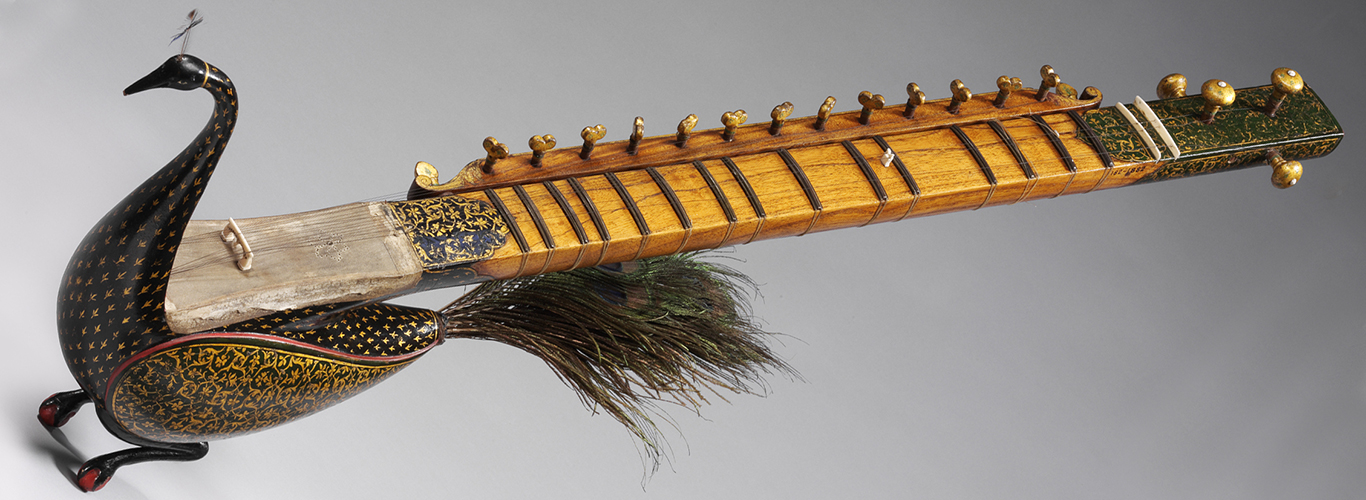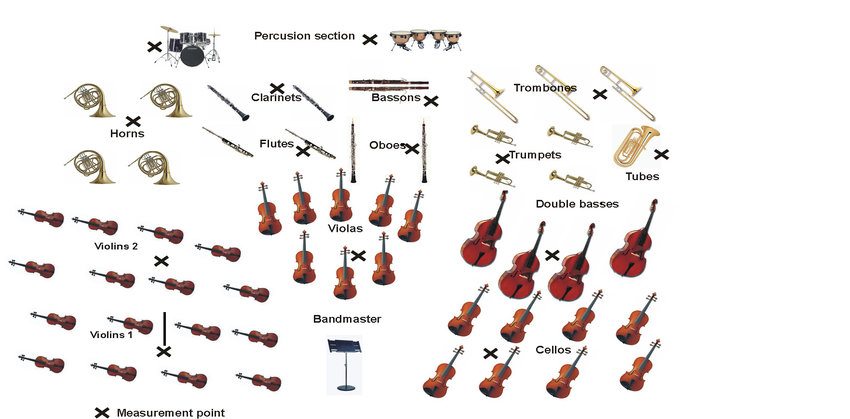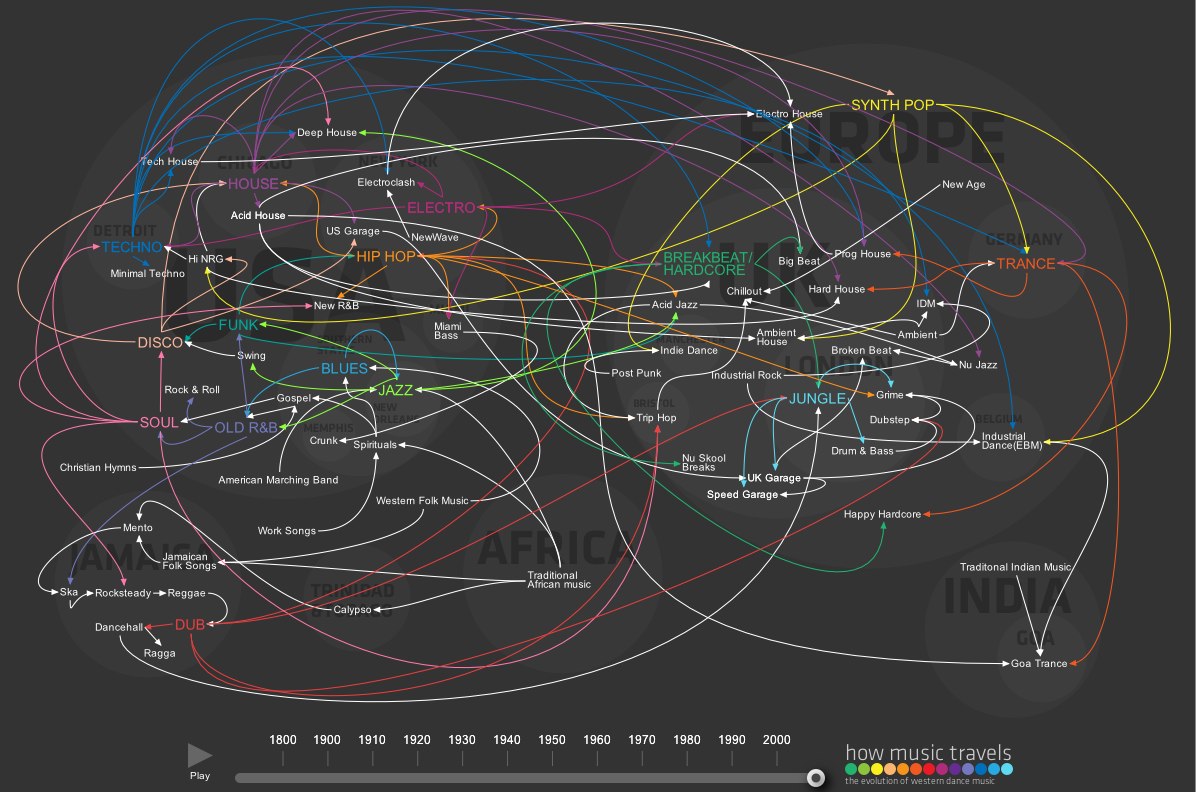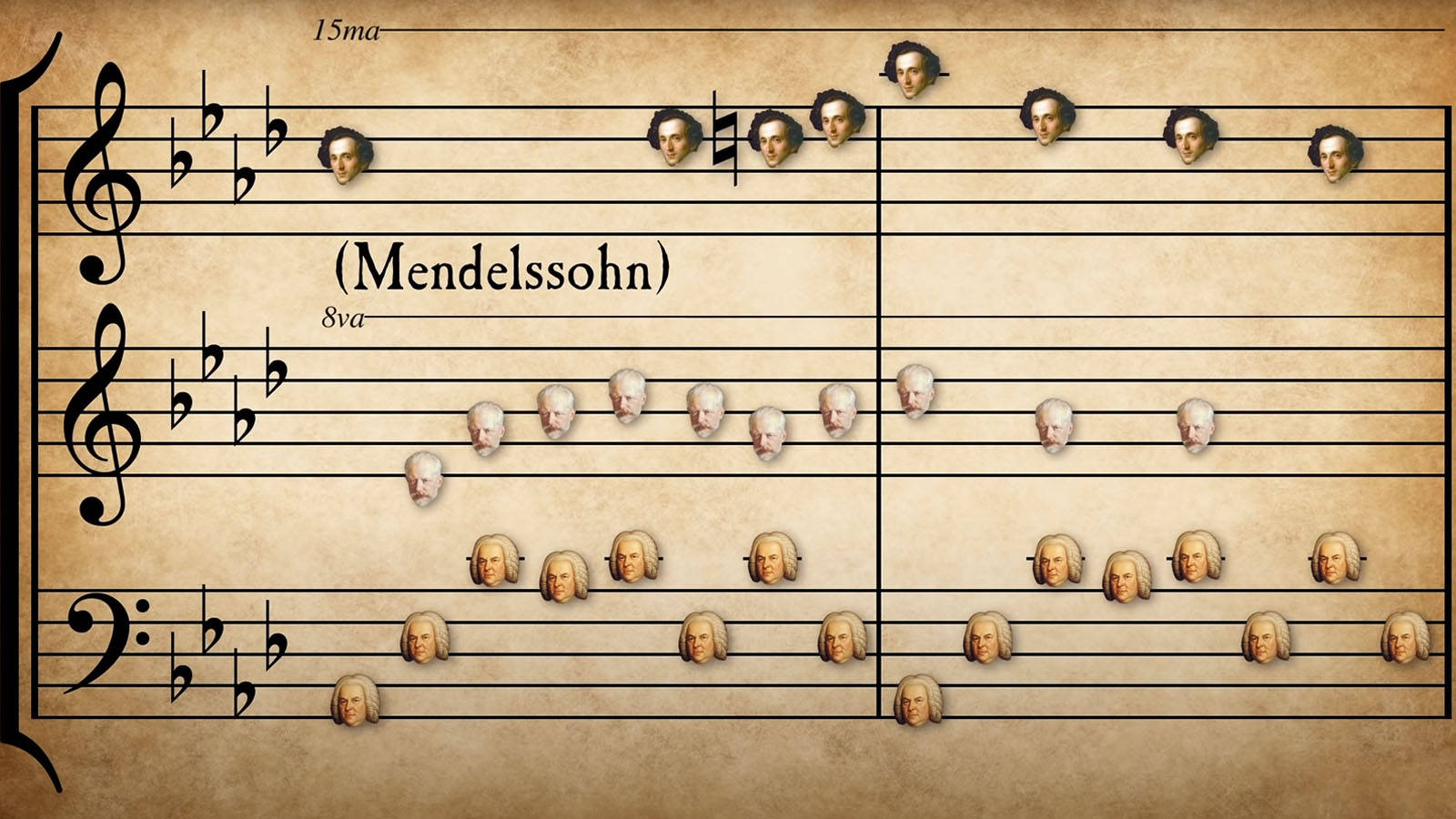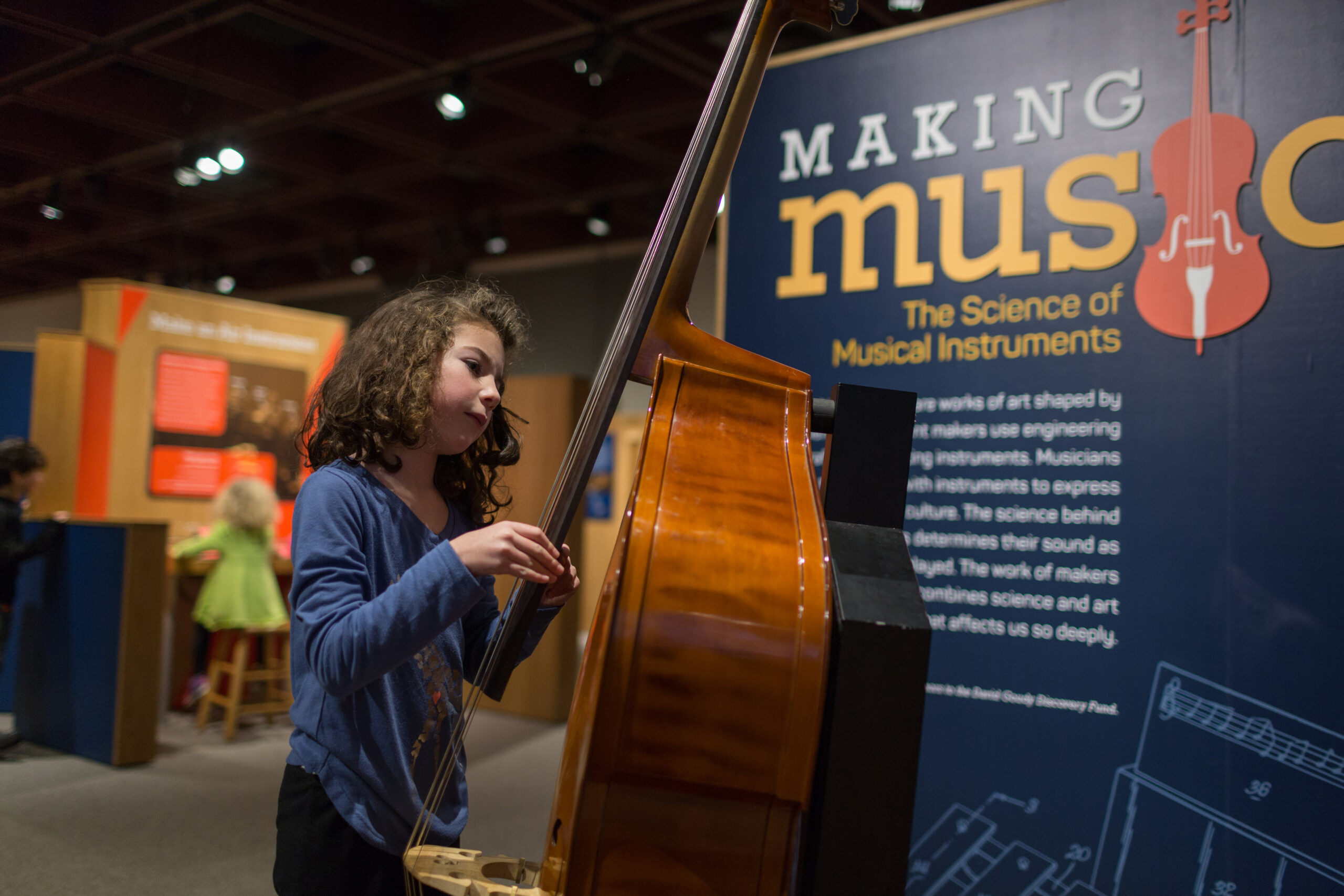
Beyond the Stage: How Music Transforms Events into Experiences
In the domain of occasion arranging and the executives, music fills in as a groundbreaking power that has the ability to raise social events from everyday to essential. Past its hear-able allure, music holds the capacity to wind around feelings, make associations, and engraving extraordinary minutes into the aggregate memory of participants. From private soirées to terrific occasions, the essential reconciliation of music can transform occasions into vivid encounters that wait in the hearts of members long after the last note disappears.
Music has an interesting language that rises above social hindrances and addresses the spirit. With regards to occasion arranging, this language turns into an intense device for organizing feelings. Envision strolling into a cause pledge drive, welcomed by the delicate songs of a string group of four. The feeling quickly oozes class and refinement, establishing the vibe for a charitable and liberal night. On the other hand, a high-energy dance beat siphoning through the speakers at a foundation run touches off excitement and inspiration, imbuing members with an eruption of energy that moves them forward.
The cautious determination of music type, rhythm, and state of mind turns into a workmanship in itself. Occasion organizers fastidiously curate playlists that line up with the occasion’s motivation, crowd, and subject. A corporate meeting might utilize relieving instrumental music during systems administration breaks, encouraging a casual environment helpful for systems administration and discussion. Then again, a design show throbs with musical beats, highlighting the models’ steps and intensifying the crowd’s fervor.
The job of music reaches out past simple foundation commotion; it entwines with the actual quintessence of the occasion. Live exhibitions, for example, bring a substantial association between the craftsmen and the participants. The closeness of a live performer or band makes a common encounter that joins the crowd at the time. Whether it’s an independent piano player delicately entertaining a wedding function or a magnetic band charging a live event, unrecorded music connects every one of the faculties, making a permanent imprint on the occasion’s story.

